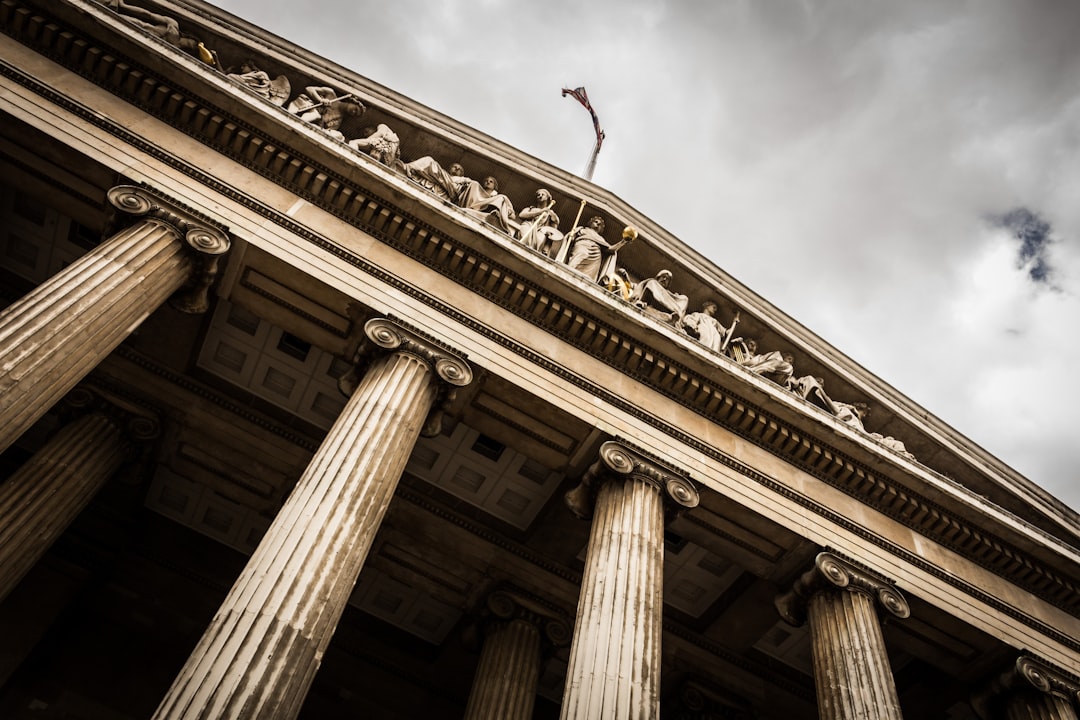Proper lighting, combining natural and artificial sources, is crucial for efficient law offices, boosting productivity by reducing eye fatigue and improving focus on tasks like document review and contract drafting. A holistic approach includes ergonomic furniture, smart controls, and well-organized storage, creating a positive, inspiring workspace. High-quality law office equipment like task lights and adjustable desks cater to individual needs, minimize strain, improve mood, and maximize focus, making efficient lighting more than aesthetic—it's a productivity booster.
In today’s digital era, a well-lit law office is not just about aesthetics—it’s a game changer for productivity. Understanding how lighting impacts work performance is crucial for creating an optimized environment. This article explores essential considerations for choosing productive law office equipment, focusing on lighting as a key element. From understanding the impact of different light types to practical tips for an efficient workspace, these strategies will help elevate your law office’s ambiance and enhance your team’s output, ensuring top-tier legal work.
- Understanding the Impact of Lighting on Law Office Productivity
- Essential Considerations for Choosing Productive Law Office Equipment
- Creating an Optimized Lighting Environment for Maximum Efficiency
Understanding the Impact of Lighting on Law Office Productivity
In the realm of law offices, where precision and focus are paramount, the role of lighting as a key component of productivity cannot be overstated. The right illumination can transform a space, enhancing concentration and efficiency among legal professionals and support staff. This is especially true for tasks that demand meticulous attention to detail, such as document review, research, and contract drafting—core components of law office equipment and operations.
Optimal lighting conditions ensure that every corner of the workspace is illuminated evenly, reducing eye strain and headaches that can impede productivity. Additionally, natural light has been shown to improve mood and alertness, creating an environment conducive to prolonged concentration. By carefully considering the placement and type of lighting fixtures, law offices can create a symphony of illumination that supports their unique needs, ultimately fostering a more productive and satisfying work environment.
Essential Considerations for Choosing Productive Law Office Equipment
When furnishing a law office, prioritizing practical and comfortable lighting solutions is just the beginning. Essential considerations for choosing law office equipment include ergonomic design, ample storage, and space planning to facilitate collaboration and efficiency. Opt for adjustable desks and chairs that cater to individual needs, promoting prolonged focus and reducing physical strain. Well-organized file cabinets and bookshelves not only contribute to a neat environment but also enable quick access to crucial case materials.
Furthermore, integrating technology seamlessly is vital. Law office equipment such as smart lighting controls, ergonomic computer setups, and state-of-the-art communication systems enhance productivity. Consider incorporating task lighting near workstations for focused work and ambient lighting to create a relaxed yet professional atmosphere. With the right combination of aesthetics and functionality, you can transform your law office into a productive and inspiring workspace that supports both individual and team efforts.
Creating an Optimized Lighting Environment for Maximum Efficiency
In a law office, efficient and optimized lighting is more than just aesthetics; it’s a key component in enhancing productivity among legal professionals and staff. The right balance of natural and artificial light can significantly impact work performance, from reducing eye strain to improving overall mood and energy levels. By strategically placing high-quality law office equipment, such as task lights and adjustable desks, you can create an environment that caters to individual needs and maximizes focus.
This optimized lighting environment goes beyond simply ensuring adequate brightness. It involves controlling light levels and directions to minimize glare, which is common with direct overhead lighting. Task lights, for instance, provide focused illumination on work surfaces, reducing eye fatigue during extended hours of document review or legal research. Additionally, incorporating natural light through well-placed windows can create a bright, inviting space while offering the bonus of visual comfort breaks.
Lighting is a key component in creating a productive law office environment. By understanding how lighting affects productivity and implementing strategic choices in law office equipment, you can significantly enhance efficiency. An optimized lighting setup not only reduces eye strain but also fosters a focus-driven atmosphere, ensuring attorneys and staff can work at their best. Investing in the right law office equipment, tailored to these lighting considerations, will contribute to increased morale, improved accuracy, and better overall outcomes.
